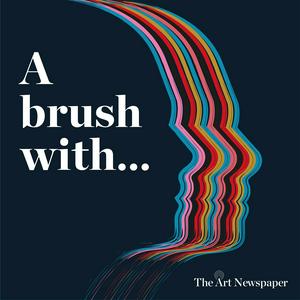A brush with… Wolfgang Tillmans
Wolfgang Tillmans talks to Ben Luke about his influences—from writers to musicians, film-makers and, of course, other artists—and the cultural experiences that have shaped his life and work. Tillmans, born in Remscheid, Germany, in 1968, has changed the history of photography. He has taken established genres of art and the photographic medium, from portraiture to still life, landscape, political subjects and abstraction, and relentlessly experimented with the framing, printing and presentation of his images and photographic objects. His subjects include everything from urgent imagery of social events like protests or club nights, formal portraits and experimental cameraless photography. From the very start of his now close to four-decade career, Tillmans has shown his works in installations that respond specifically to the intricacies of the spaces in which they are displayed, with the photographs presented in formats that range from postcard size to vast and enveloping prints. The images might abut the corner of a room, be hung high up the walls or unorthodoxly low, or adjacent to bureaucratic elements like fire exit signs. They might be organised in flurries or constellations, or in spare linear arrangements or grids. Through this process, Wolfgang consistently reenergises his archive, juxtaposing images taken years and sometimes decades apart. While photography has remained his primary medium, Wolfgang has steadily expanded his media, with video installation, text and sound and music gaining increasing prominence in his exhibitions. He discusses the early impact on him of seeing the work of Kurt Schwitters, his current interest in the paintings of Francisco de Zurbarán, his long association with the contemporary German artist Isa Genzken, a profound experience at a Laurie Anderson concert in 1986 and the influence of the Indian writer and philosopher, Jiddu Krishnamurti. Plus he gives insight into his life in the studio and answers our usual questions, including the ultimate: what is art for?Wolfgang Tillmans: Build From Here, Maureen Paley, London, 3 October–20 December; Ausstellung in Remscheid, Haus Cleff, Remscheid, until 4 January 2026; 36th Bienal São Paulo: Not every traveler walks the roads – On humanity as a practice, until 11 January 2026; Fictions of Display, MOCA Grand Avenue, Los Angeles, until 4 January 2026; Könnt ihr noch? – Kunst und Demokratie, Königsklasse, Schloss Herrenchiemsee, Munich, until 12 October 2025; On View: Begegnungen mit dem Fotografischen, Pinakothek der Moderne, Munich, until 12 October 2025 Hosted on Acast. See acast.com/privacy for more information.


